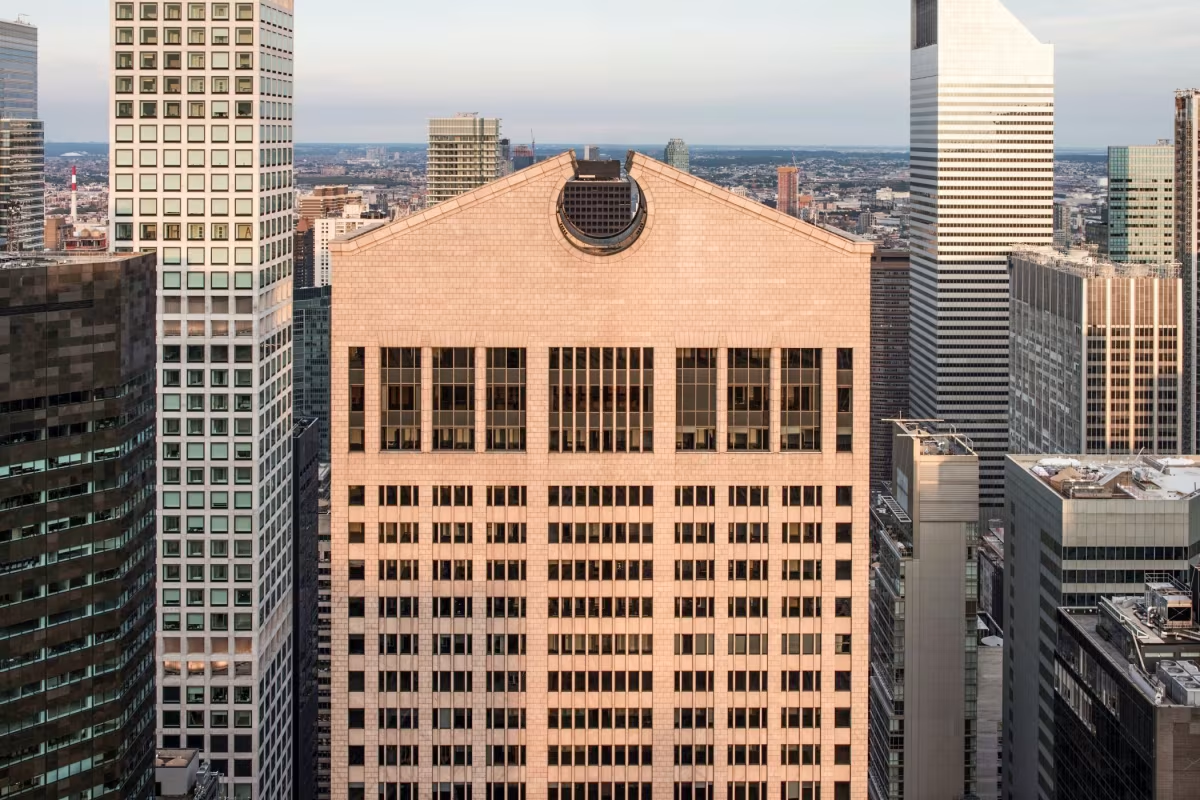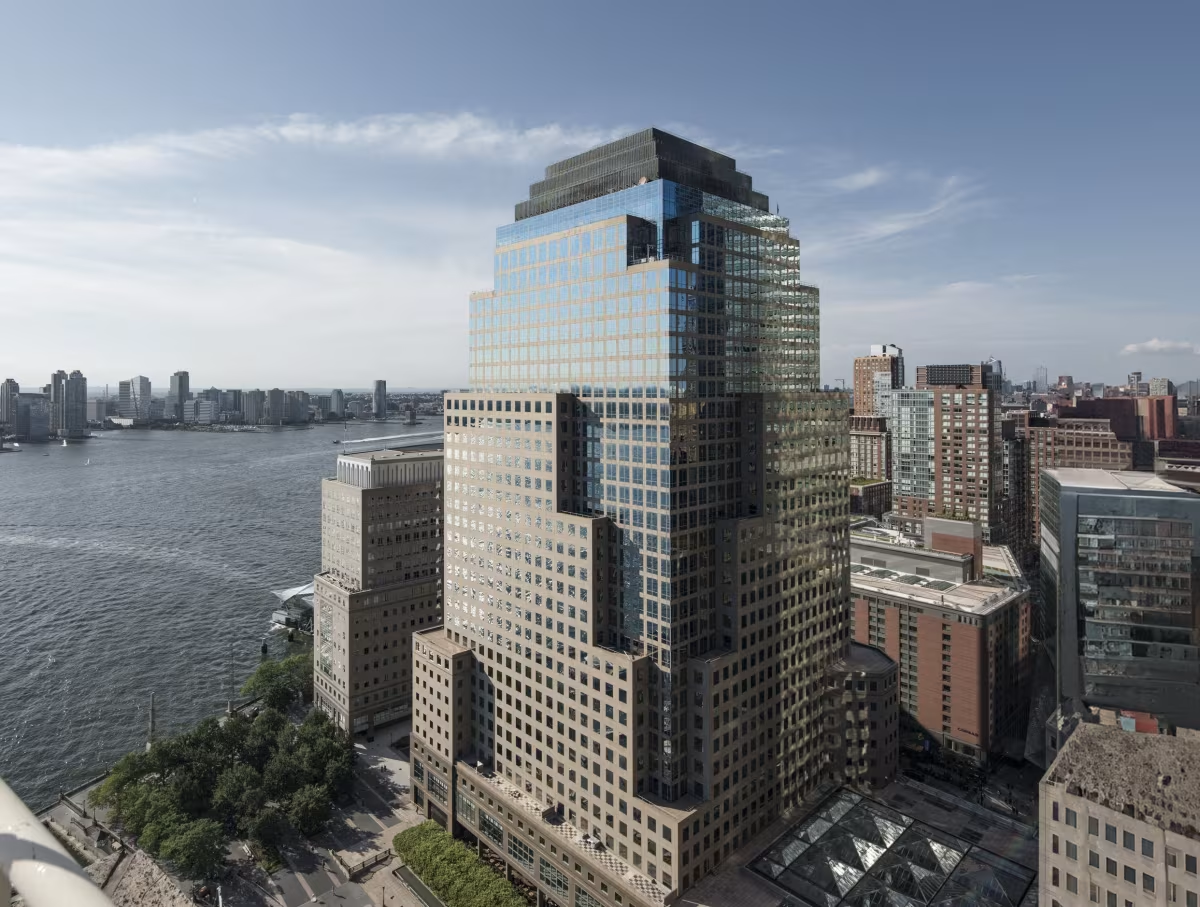550 Madison Avenue vs 250 Vesey Street Building


Comparing the 550 Madison Avenue and the 250 Vesey Street Building is interesting because they both stand in New York, NY, and were completed within 2 years of each other, but they were designed by different architects.
This offers a unique glimpse at how rival designers approached projects in the same city during the same era.
Height & Size
The 550 Madison Avenue is clearly the larger tower of the two, both in terms of height and number of floors. It rises to 646ft (197m) with 37 floors above ground, while the 250 Vesey Street Building reaches 499ft (152m) with 34 floors above ground.
Despite being taller and having more floors, 550 Madison Avenue has less total built-up area than 250 Vesey Street Building.
The 550 Madison Avenue also concentrates more floor area on its site, indicating a higher floor area ratio.
Of course, each project may have faced different briefs or regulatory constraints, which we don't really know about and could also explain the outcome.
Architectural Style
Both the 550 Madison Avenue and the 250 Vesey Street Building were designed in line with the aesthetic conventions of the Postmodernism style.
At the time, this style was at the height of its popularity. So both Johnson/Burgee Architects and César Pelli & Associates followed what was in many ways expected of them, producing designs that fit comfortably within contemporary architectural norms, rather than breaking with convention.
Uses
Both the 550 Madison Avenue and the 250 Vesey Street Building were designed to serve as commercial towers, and that has remained their main use since their completion, serving similar roles in the urban fabric.
The 550 Madison Avenue also provides 20 parking spaces.
Structure & Facade
Both towers share the same structural solution, a Frame system.
A frame structure uses a grid of columns and beams to carry the building's loads. This frees the walls from structural duties, allowing for flexible floor plans and larger windows.
However, when it comes to the facade, both buildings use different approaches. The 550 Madison Avenue uses a Modular facade, while the 250 Vesey Street Building uses a Curtain Wall facade.
A Modular facade like the one seen in the 550 Madison Avenue employs prefabricated panels, often mixing solid surfaces with smaller windows, while a curtain-wall facade like the one seen in the 250 Vesey Street Building uses a lightweight glass curtain wall hung from the structure.
| 550 Madison Avenue | 250 Vesey Street Building | |
|---|---|---|
| Johnson/Burgee Architects | Architect | César Pelli & Associates |
| 1981 | Construction Started | 1984 |
| 1984 | Year Completed | 1986 |
| Postmodernism | Architectural Style | Postmodernism |
| Commercial | Current Use | Commercial |
| 37 | Floors Above Ground | 34 |
| 197 m | Height (m) | 152 m |
| 76180 | Built-up Area (m²) | 176869 |
| Frame | Structure Type | Frame |
| Steel | Vertical Structure Material | Steel |
| Concrete And Steel | Horizontal Structure Material | Concrete |
| Yes | Facade Structural? | No |
| Granite, Glass | Main Facade Material | Granite, Glass |
| American Telephone & Telegraph | Developer | Olympia & York Companies |
| Cosentini Associates | MEP Engineer | WSP Flack + Kurtz |
| Leslie E. Robertson Associates | Structural Engineer | Thornton Tomasetti |
| NY | State | NY |
| New York | City | New York |
| 550 Madison Avenue | Address | 250 Vesey Street |